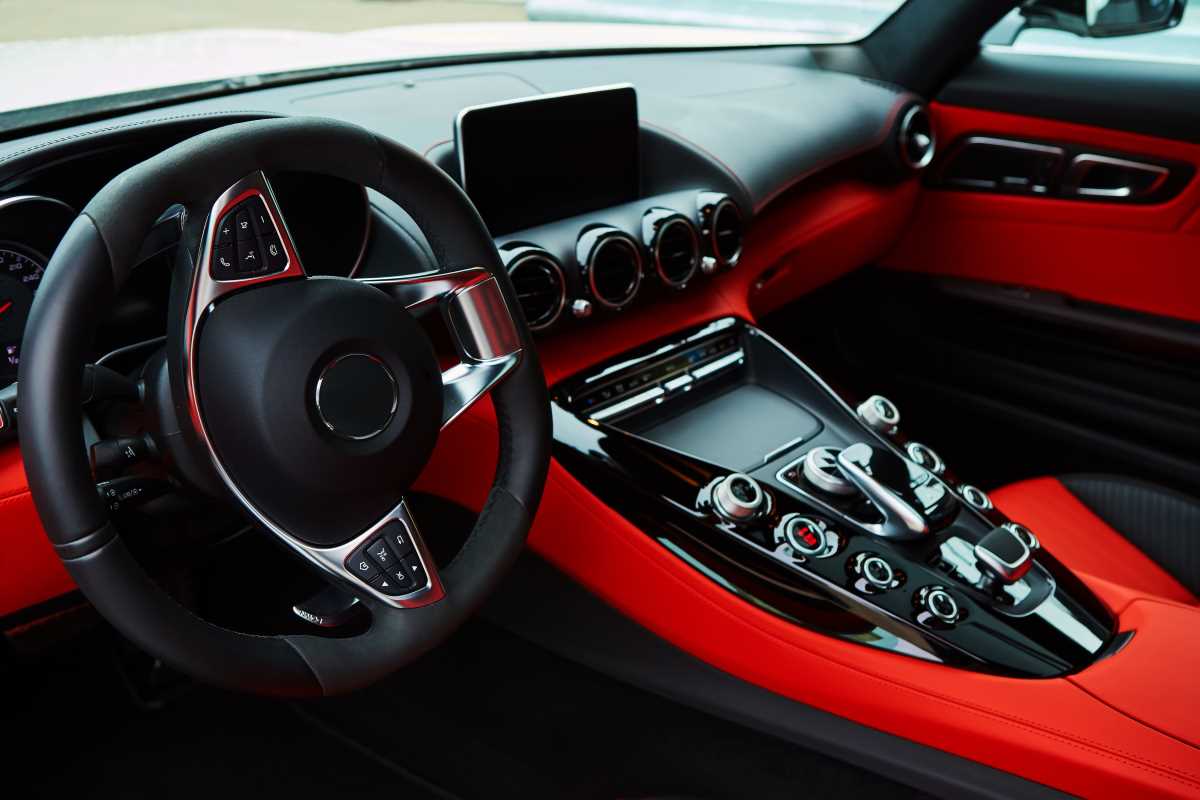The relationship between cars and cinema creates a dynamic tale of mutual influence and cultural significance. From the early days of motion pictures, filmmakers have featured automobiles in starring roles, not just as props but as symbols of freedom, power, and modernity. This intricate dance between the automotive world and the film industry has evolved over decades, reflecting and shaping societal trends, technological advancements, and artistic expression.
As cinema transitioned from silent films to talkies, filmmakers made the presence of cars on screen more pronounced. They became central figures that could drive the narrative forward, rather than merely background elements. This synergy between cars and cinema created a unique cultural landscape where each medium amplified the other’s impact, setting the stage for iconic moments and enduring legacies.
The Golden Age of Drive-Ins
The post-war era saw the rise of drive-in theaters, a phenomenon that perfectly encapsulated the American love affair with both cars and cinema. These outdoor venues offered a new way to experience movies, combining the convenience of automobile ownership with the communal joy of film watching. Families and teenagers flocked to drive-ins, making them a staple of suburban culture.
Drive-ins didn’t just focus on watching films; they served as social hubs where people gathered, shared experiences, and enjoyed the latest cinematic offerings from the comfort of their vehicles. This innovative approach to movie-going influenced the types of films that gained popularity during the era, often emphasizing themes of romance, adventure, and the open road, all of which resonated with the automobile-centric lifestyle.
Iconic Cars in Classic Cinema
- Herbie from The Love Bug - A lovable Volkswagen Beetle with a mind of its own, symbolizing individuality and charm.
- Batmobile from Batman - A sleek and futuristic vehicle representing power and justice.
- Marty McFly's DeLorean from Back to the Future - A time-traveling car that became a pop culture icon.
- The General Lee from The Dukes of Hazzard - A rustic muscle car embodying rebellious spirit and Southern charm.
- James Bond’s Aston Martin from various James Bond films - Epitomizing sophistication and high-performance engineering.
These cars didn’t just serve as transportation within their stories; they became characters in their own right, each with a distinct personality and role in the narrative. Their designs often reflected the technological aspirations and aesthetic preferences of their times, making them memorable to audiences and influential in automotive design.
Technological Advancements: From Film to Digital
- Introduction of Sound: The transition from silent films to talkies allowed for more dynamic storytelling involving automobiles, with engine sounds and dialogues enhancing realism.
- Special Effects: Advancements in practical effects during the mid-20th century enabled more thrilling car sequences, such as high-speed chases and stunts.
- Computer-Generated Imagery (CGI): The digital revolution introduced CGI, allowing filmmakers to create more complex and visually stunning car scenes without the limitations of physical cars.
- Virtual Reality (VR): VR technology offers immersive automotive experiences, blurring the lines between viewer and participant in car-centric narratives.
- Streaming Technology: The rise of streaming platforms has changed how car-related content is produced and consumed, facilitating diverse and global storytelling.
Each of these technological milestones has opened new possibilities for storytelling, enabling filmmakers to explore the relationship between humans and machines in ever more imaginative ways. The continuous evolution of technology ensures that the synergy between cars and cinema remains fresh and relevant.
Modern Car Culture and Streaming
The digital age has expanded car culture beyond traditional boundaries, finding new expressions through streaming services and online platforms. Shows and movies that focus on automotive themes reach global audiences, building communities of enthusiasts who share a passion for cars and their portrayal in media.
The accessibility of streaming platforms has also encouraged a more diverse range of automotive stories, from documentary-style explorations of car history to fictional narratives that incorporate cutting-edge automotive technology. This democratization of content creation and distribution has allowed for a richer and more varied representation of cars in cinema, catering to a wide array of tastes and interests.
Influence of Cars in Cinema Today
Modern cinema continues to harness the allure of cars to enhance storytelling and visual impact. Cars remain integral to many films ' narratives and aesthetics, whether through high-octane action sequences or intimate character studies involving vehicles. The design and functionality of cars in movies often push the boundaries of creativity, inspiring real-world automotive innovations and capturing the imagination of audiences worldwide.
The evolution of car chase scenes demonstrates this ongoing influence. From the practical stunts of classic films to the sophisticated CGI-driven sequences of today, filmmakers continuously seek new ways to depict the thrill and drama that cars bring to the screen. This persistent focus ensures that cars remain a vital element of cinematic expression and cultural relevance.
Future Possibilities
Looking ahead, the intersection of cars and cinema is poised to embrace even more innovative trends. With the advent of electric and autonomous vehicles, filmmakers have new kinds of cars to explore and incorporate into their stories. These advancements not only change the way vehicles appear but also open up fresh narrative avenues that reflect contemporary technological and societal shifts.
Emerging technologies like augmented reality (AR) and interactive storytelling tools promise to transform how audiences engage with car-centric narratives. Imagine participating in a virtual car chase or customizing your own cinematic vehicle in real-time. These possibilities hint at a future where the boundary between viewer and participant becomes increasingly fluid, enhancing the immersive experience of cars in cinema.
The enduring bond between cars and cinema highlights their intertwined evolution and cultural impact. As both industries continue to innovate and inspire each other, the future promises even more exciting developments in how we experience and interpret the world of automobiles on screen.
 (Image via
(Image via





